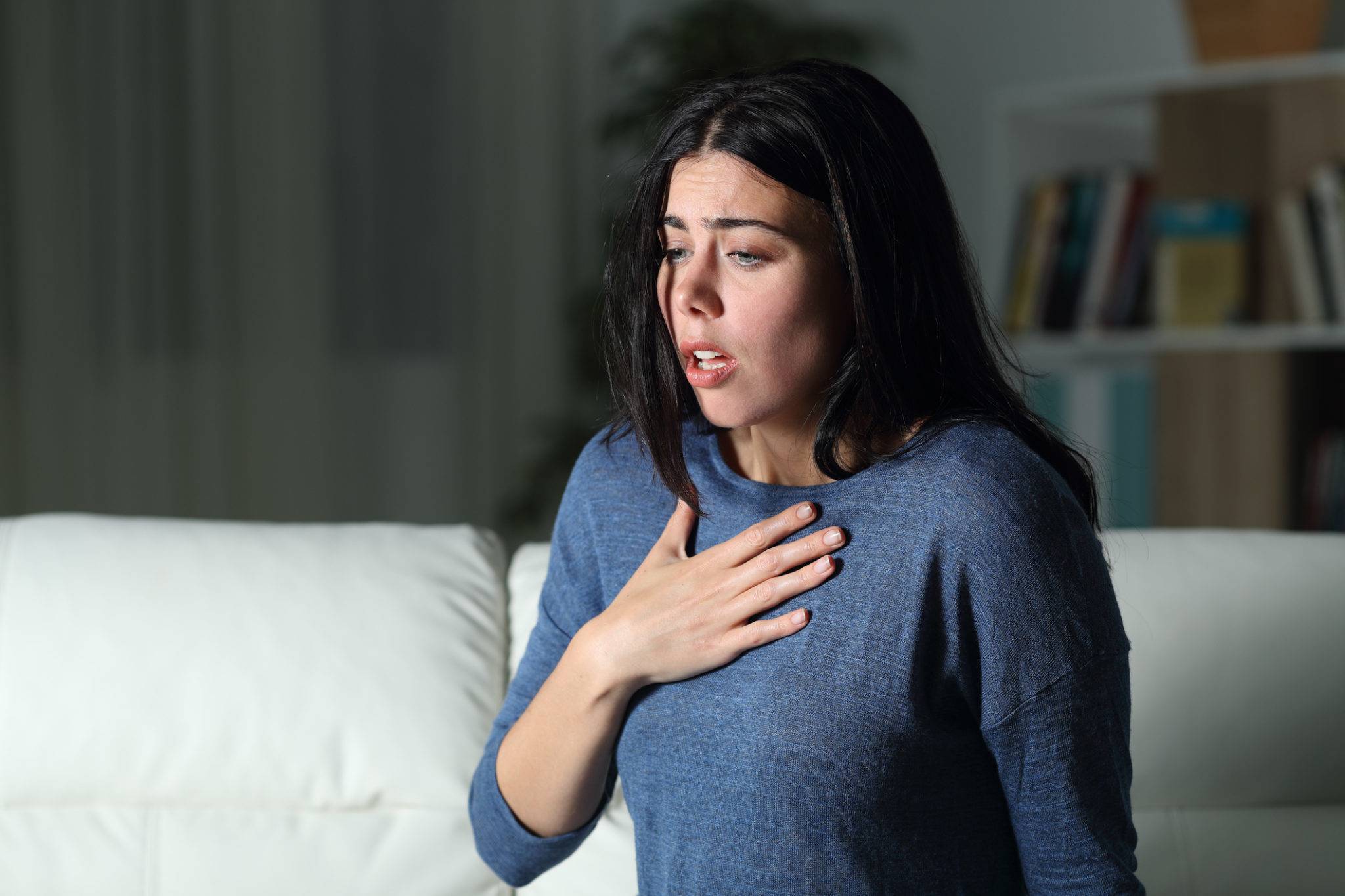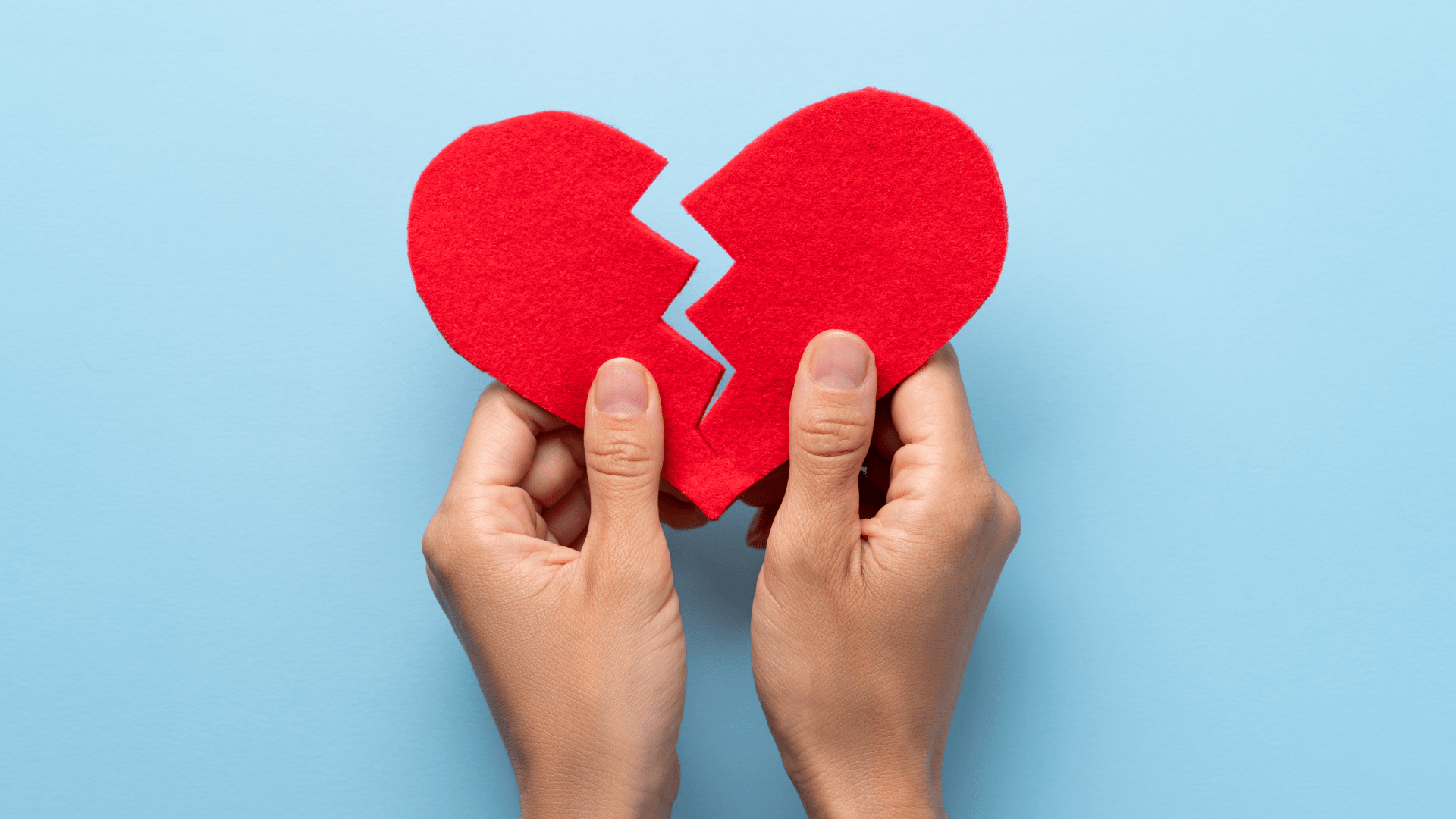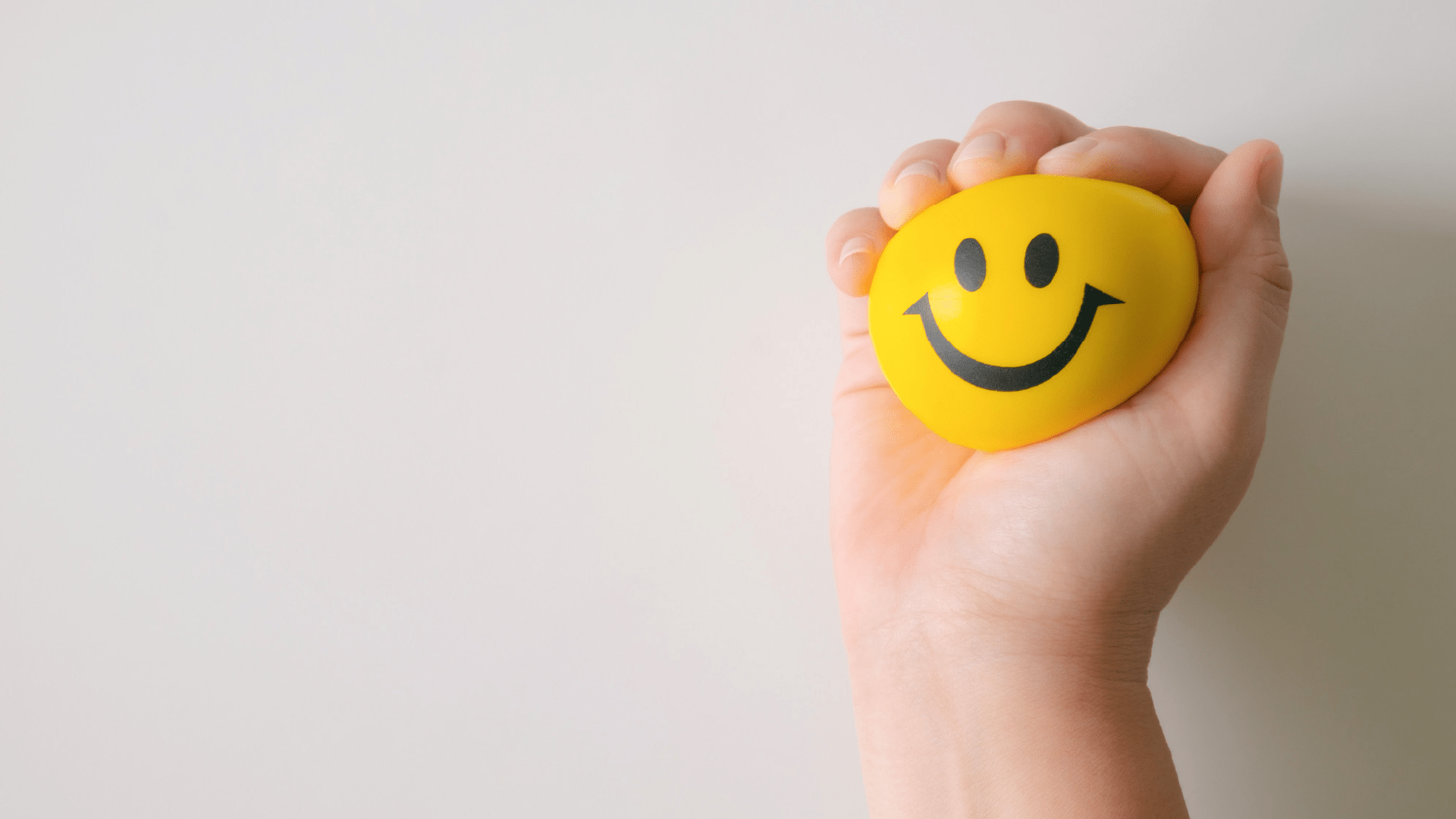Do you think you are having an anxiety attack? Learn the signs and the best ways to deal with an anxiety attack.
What is an Anxiety Attack, and What are its Signs and Symptoms?
An anxiety attack is a mental health condition that arises due to fear, worry and anxiety. It is a sudden condition that may occur due to the apprehension and fear of some future event. The disease generally occurs due to a specific trigger related to personal or professional life.
Triggers for Anxiety Attacks
Anxiety attacks can be caused due to a variety of reasons. For example, consider a patient with Crohn’s Disease. Chronic disease causes inflammation in the bowel, and it has no cure. In this case, the patient may have an anxiety attack due to illness. Another example is a person experiencing severe pain in their chest radiating towards the hands. In this case, the perceived fear that the pain might be a heart attack triggers an anxiety attack.
Our Wellness Programs
Symptoms of Anxiety Attacks
Different people experience different kinds of symptoms during an anxiety attack. A patient with an anxiety attack may have difficulty relaxing, restlessness, irritability, fatigue, thinking negatively about the future, nervousness, tension and anxiety. The signs of an anxiety attack include difficulty sleeping, rapid heart rate, muscle tension, shaking, sweating, chest & throat tightness, pressure with nausea and headache.
Looking for services related to this subject? Get in touch with these experts today!!
Experts

Kirti Bajpai

India
Psychologist
Experience: 5 years

Mansi Chawla

India
Psychologist
Experience: 12 years

Sapna Zarwal

India
Psychologist
Experience: 19 years
Difference Between an Anxiety Attack and Panic Attack
An anxiety attack and panic attack are different mental health conditions. Here is the difference between an anxiety attack and a panic attack:
- The Diagnostic and Statistical Manual of Mental Disorders (DSM-5) includes panic attacks, whereas anxiety attacks are not included. Anxiety disorder in DSM5 has panic disorder.
- The symptoms of a panic attack are more severe than the symptoms of an anxiety attack.
- Panic attacks may be expected or unexpected, and a random panic attack may occur without
- t any trigger, while desired panic attack causes include stress. Anxiety attacks, in most cases, are due to a specific stimulus.
- The symptoms of panic attacks occur suddenly, whereas the symptoms of an anxiety attack build up gradually.
- Anxiety attacks last for a shorter duration, whereas panic attacks last longer.
10 Calming Methods to Deal with Anxiety Attacks
In many cases, calming anxiety is very difficult, especially when the pressure seems out of control and spiralling aggressively. Initially, anxiety creates a vicious cycle that results in an anxiety attack. Once the mind focuses on fear, many chemical changes occur in the body, making the person believe that fear is inevitable. These changes result in more anxiety, and the cycle continues in this fashion. If you are experiencing chronic anxiety or frequent anxiety attacks, you should seek help from a mental health professional. Psychotherapists and anxiety counsellors can help in managing anxiety and anxiety attacks.
Various techniques help reduce anxiety and prevent the cycle that causes anxiety attacks. However, it is essential to note that these techniques do not show their effects overnight. A person must learn, practice and master these techniques effectively to gain the best out of them.
Here are ten methods to deal with anxiety attacks:
1. Breathing Technique
The Breathing Technique helps in managing different types of anxiety attacks. Breathing exercises, such as belly breathing or alternate nostril breathing, improve brain function, promotes sound sleep and revitalize the nervous system. While performing this technique, focus on your breath. Breathe into your lungs, hold your breath to the count of four, and exhale slowly to induce relaxation and calm.
2. Counting Technique
When negative thoughts surround you, the counting technique may help reduce anxiety. Search for a quiet place and start counting backwards, starting from 100. You may also add complexities, such as counting backwards within a limited time. Subtracting numbers also helps in managing anxiety attacks.
3. The 5-4-3-2-1 Grounding Technique
The 5-4-3-2-1 Grounding Technique relieves anxiety by helping you focus on your senses. In this technique, the person identifies five things they can see, four things they can feel, three things they can hear, two things they can smell and one thing they can taste.
4. Focus and Concentration Technique
Concentrating on an object may also help in managing anxiety attacks. Focus on various aspects of the thing, such as its colour, weight and shape. You can take your favourite object with you and initiate the calming exercise when you experience anxiety symptoms.
5. Distraction Technique
Anxiety chimes in when we focus more on the emotional and physical triggers. Distraction techniques help divert the mind from worries and engage it in those activities which are not emotionally driven. For instance, you could watch for the shadows of various objects in the room or count variations of a particular colour.
6. Energy Diversion Technique
Sometimes, people have trouble executing grounding techniques due to anxiety. Thus, it is essential to divert their energy to other activities. This includes running stairs up and down, dancing or running on a treadmill.
7. Rationalization Technique
Through this technique, you will be able to rationalize your thoughts. When a negative review starts building in your head due to any circumstance, question yourself about its rationality. This will help in pausing and moving past the irrational thoughts.
8. Thought Flow Technique
In anxiety, negative thoughts come to mind repetitively and worsen the condition. Thus, it is essential to flow the ideas in a way that does not result in anxiety. One method is to visualize your thoughts as a river and let them flow as you calm yourself.
9. Anxiety Accepting Technique
Start accepting anxiety as a normal emotional feeling. This is important because trying to get rid of anxiety hastily worsens the condition. By gradually taking anxiety, you will reap the benefit of taking reality as it is.
10. Positive Mindset Technique
Anxiety creates negative thoughts and energy inside you. To counter this, you should have a positive mindset. Whenever fear comes in, make your mind believe it isn’t harmful to have anxiety and that some techniques can help effectively manage it.
How to Prevent Anxiety Attacks from Happening in the Future
There are various ways to prevent an anxiety attack from happening. Some common anxiety preventive methods are:
Meditation
Meditation is effective in reducing and managing anxiety. Meditation allows the person to live in the present and ease the worries of the future. A few minutes of meditation per day could do wonders in preventing anxiety attacks.
Exercise
Exercise is another way to prevent anxiety attacks, and it increases the release of various chemicals that relax the mind and body. Start with simple exercises, such as walking or jogging, and then move on to more vigorous or strenuous exercises.
Yoga
Yoga is also helpful in preventing anxiety attacks. Yoga provides the benefits of exercise and meditation and flexibility to the mind and body. You can perform yoga at home or by joining in-person classes.
Relax
Because of our busy lifestyle, there is an excessive accumulation of stress. Further, people cannot take time out of their busy schedules to relax. Relaxing allows a person to analyze their life and avoid stressors. You should also take plenty of rest and sleep, as sleep disorders such as insomnia may also cause anxiety.
Stay Hydrated
Lack of water in the body causes several problems, including anxiety. You should drink enough water to remain hydrated. Avoid drinks such as soda or alcohol, as they cause dehydration.
Healthy Diet
The deficiency of specific vitamins and minerals may cause anxiety. Incorporate vitamin-rich foods into your diet. Such foods include asparagus, omega-3 fatty acids, and probiotics.
Anxiety Counseling for Anxiety Disorder
Counselling is one of the essential options for managing and treating anxiety disorder. The counsellor determines the factors causing anxiety and helps provide the techniques to cope with the effects of stress. The advantage of counselling sessions over medication is that while the drug only relieves the symptoms, counselling goes deeper into the patient’s life to determine the root of the problem.
For example, if someone becomes anxious while attending social gatherings, the counsellor will provide techniques that build confidence in them. Once the faith sets in, the anxiety leaves. Counselling also helps to build trust while performing day-to-day activities.
CBT Therapy for Managing Anxiety
Various psychological disorders require counselling, and the counsellor offers a customized approach that best matches the patient’s needs. There are multiple counselling techniques to cope with anxiety, and cognitive Behavioral Therapy (CBT) is one of the most common and highly effective techniques for managing anxiety disorder.
The counsellor will ask about your emotional and physical health through cognitive behavioural techniques in detail. The CBT therapist will also ask you various personal questions for a deeper understanding of your problem. The therapist will help you identify the areas you want to work on. The counsellor will then ask you to share your feelings and views about the identified issues. The counsellor then determines the negative thoughts that you develop in tense situations. The counsellor then reshapes your negative thoughts and provides you with various techniques and methods to deal with anxiety resulting from these thoughts.


 Conflict Management in Relationships
Conflict Management in Relationships

 Healing from Heartbreak
Healing from Heartbreak
 Coping With Anxiety
Coping With Anxiety
 Get Started With Mindfulness
Get Started With Mindfulness



